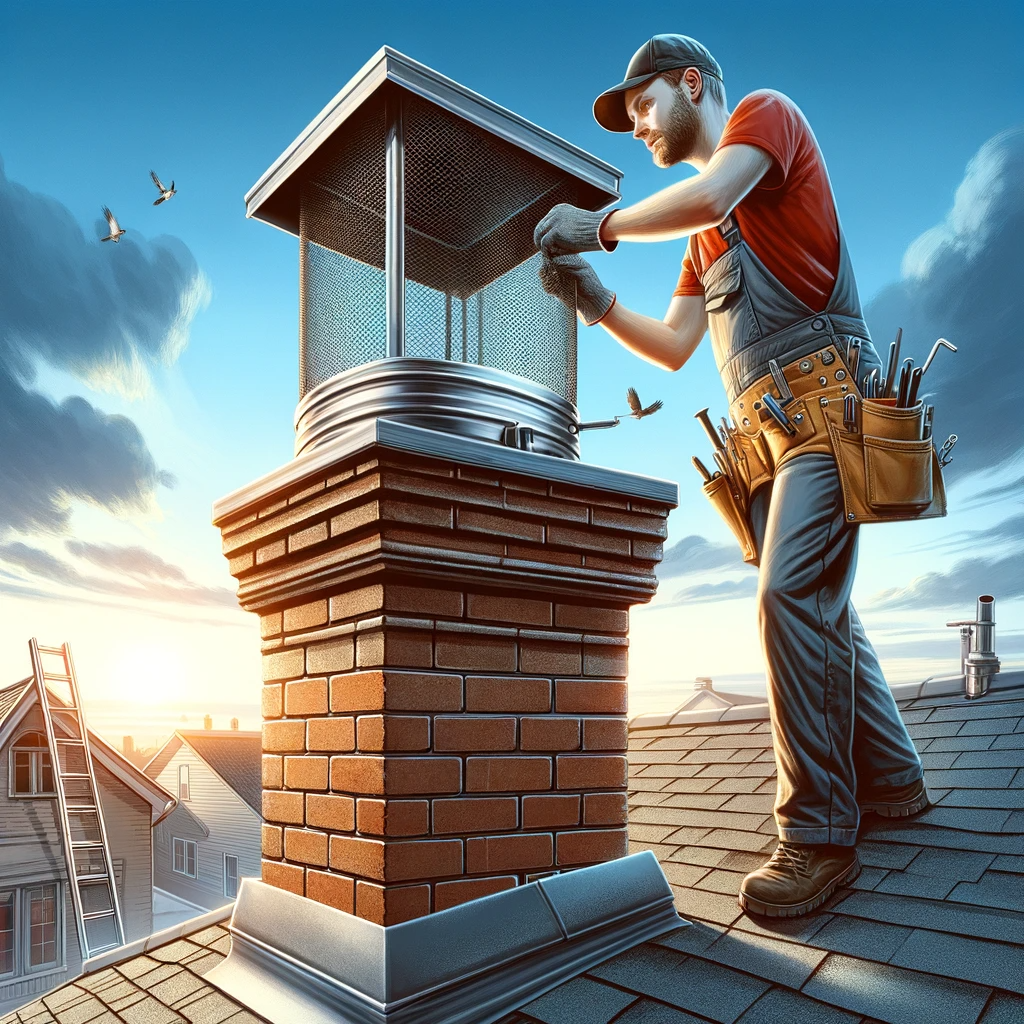Back to Blogs
All About Chimney Protector Caps: Installation, Common Problems, and Maintenance
January 19, 2024

Chimney protector caps are essential accessories for any chimney system. They serve to protect the chimney from external elements such as rain, snow, animals, and debris, while also preventing downdrafts and helping to contain sparks. Proper installation and maintenance of a chimney protector cap are vital for its effectiveness and longevity. This guide covers the installation process, common problems, and maintenance tips for chimney protector caps.
Step-by-Step Installation of Chimney Protector Caps
Measure the Chimney: Before purchasing a cap, measure the chimney’s outer dimensions or its flue’s outer diameter for accurate sizing.
Select the Right Cap: Choose a cap that fits the size of your chimney and is suitable for the type of chimney and the fuel used.
Prepare the Area: Ensure the chimney top is clean and free of debris. Wear safety gear when working at heights.
Position the Cap: Place the cap over the top of the chimney or flue. It should sit evenly and cover the entire opening.
Secure the Cap: Most chimney caps have clamps or screws to secure them to the chimney. Tighten these securely, but be careful not to overtighten and damage the chimney.
Check Stability: Once installed, gently test the cap for stability. It should not wobble or lift off.
Final Inspection: Conduct a final inspection to ensure the cap is properly installed and there are no gaps or loose parts.
Common Problems with Chimney Protector Caps
Improper Fit: A cap that doesn’t fit properly can lead to ineffective protection and may come loose.
Rust and Corrosion: Metal caps, especially those not made from stainless steel or copper, can rust and corrode over time.
Blockages: Caps with mesh can become clogged with soot and debris, affecting chimney draft.
How to Take Care of Chimney Protector Caps
Regular Inspections: Check the cap periodically for damage, blockages, or signs of wear.
Cleaning: Clean the cap and mesh of any soot, debris, or rust. This can be done during your regular chimney cleaning.
Re-securing: If the cap has become loose, re-secure it to ensure it stays in place.
Rust Prevention: Apply a rust-preventive spray to metal caps if they are susceptible to corrosion.
Replacement: Replace the cap if it is damaged or has become too rusted or corroded to function properly.
Conclusion
A chimney protector cap is a small investment that plays a significant role in maintaining the health and safety of your chimney system. Proper installation, along with regular inspections and maintenance, can prolong the life of your chimney and prevent various chimney-related problems. Remember, a well-maintained chimney cap not only protects your chimney but also adds to the overall functionality and safety of your fireplace or stove.
